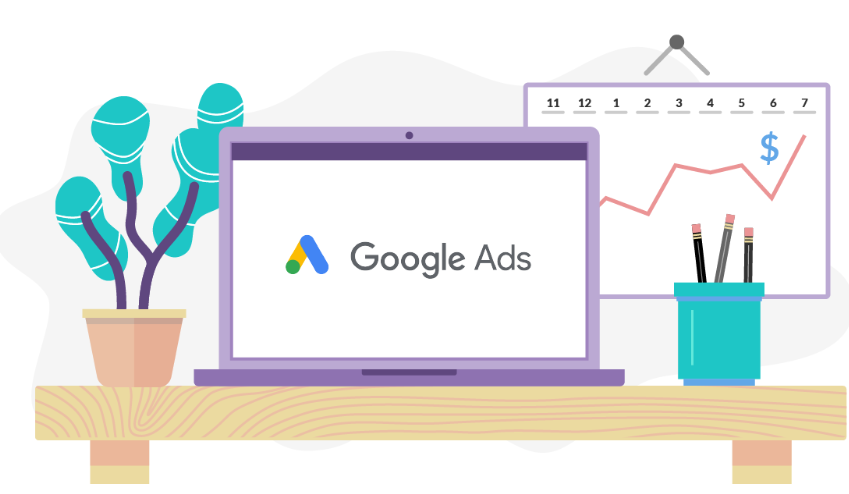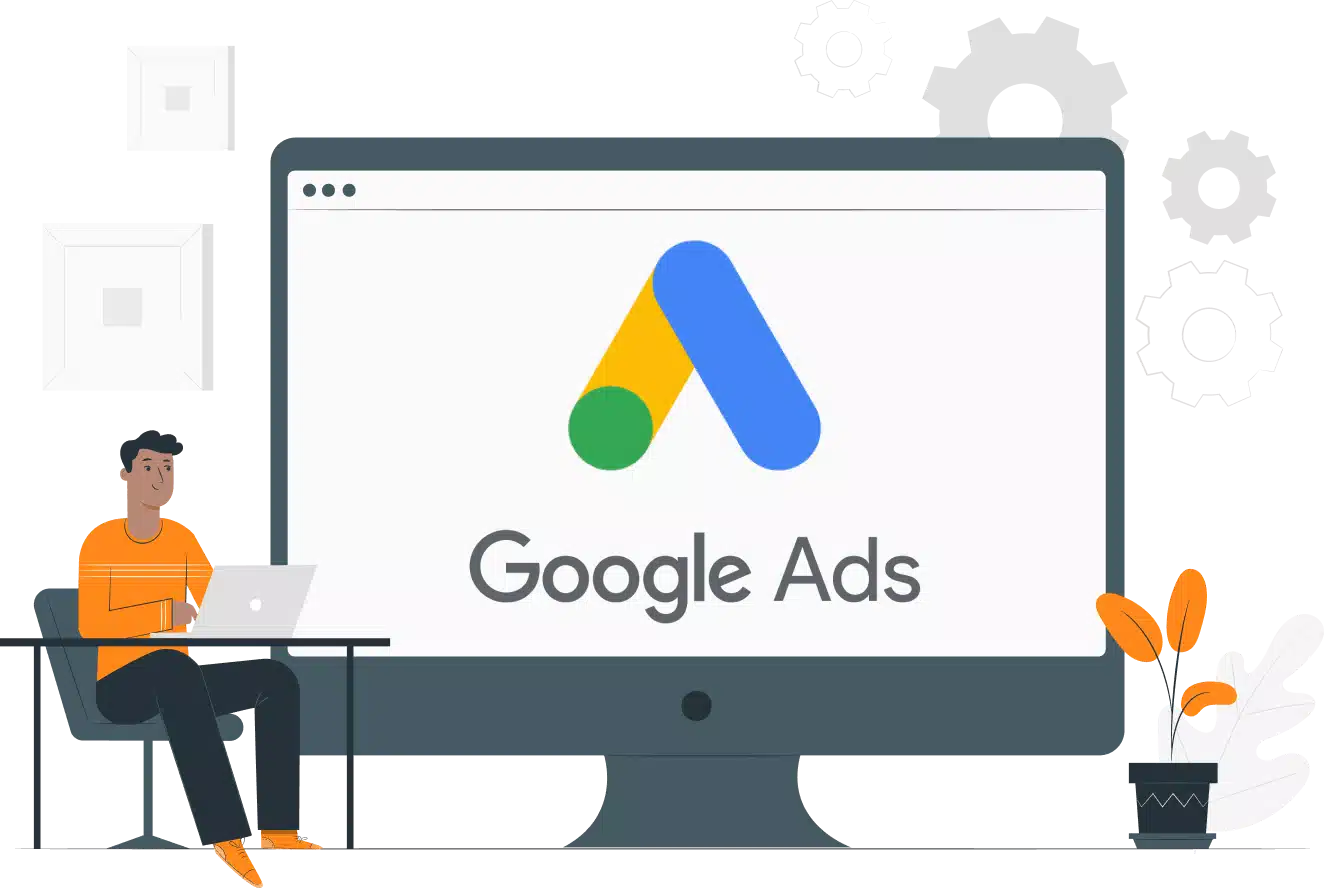Google Ads ROAS: How to Boost & Optimize for Revenue
When you're running an eCommerce business, one of the most important things you can do is keep a close eye on your return on advertising spend (ROAS) when running Google Ads. This metric tells you how much revenue you're generating for every dollar you're spending on advertising, and it's a key indicator of whether or not your campaigns are successful.
If you're not happy with your current ROAS, there are a few things you can do to try and improve it. In this article, we'll give you some tips on how to boost your ROAS and get more out of your Google Ads campaigns.
What Is a Good Average ROAS for Google Ads?
As a general guideline, most businesses should aim for a ROAS of at least 2:1 (i.e., for every $1 you spend on advertising, you generate $2 in revenue). That's basically 200%, which means you're doubling your money.
Of course, your ROAS will vary depending on your industry, product prices, margins, and more, so don't get too hung up on hitting that 2:1 target. Just think of it as a general goal to aim for.
How to Increase ROAS on Google Ads
Now, let's take a look at some specific strategies you can use to try and improve your ROAS:
- 1. Use Smart Bidding Strategies
- 2. Optimize Your Landing Pages
- 3. Revisit Your Keyword Lists
- 4. Leverage Geo-Targeting
- 5. Use Negative Keywords
- 6. Promote Seasonal or Time-Sensitive Products
1. Use Smart Bidding Strategies
One of the best ways to improve your ROAS is to take advantage of Google's smart bidding strategies, which use artificial intelligence (AI) to automatically adjust your bids in real-time based on a number of factors, including the likelihood of a click leading to a conversion.
There are various smart bidding strategies to choose from, including Target CPA (cost-per-acquisition), Target ROAS, Maximize Conversions and more. Which one you use will depend on your goals and objectives, but they're all worth considering.
2. Optimize Your Landing Pages
Another way to boost your ROAS is to make sure that your landing pages are as optimized as possible. That means they should be relevant to the ads you're running and be designed to convert visitors into customers or leads.
If you're not sure how to optimize your landing pages, there are a few things you can do:
- Make sure your pages are loading quickly.
- Add relevant images and videos.
- Include clear calls-to-action that tell visitors what you want them to do (e.g., buy now, sign up for a free trial, etc.).
3. Revisit Your Keyword Lists
Another important factor in ROAS is your keyword list. If you're targeting the wrong keywords, you're not going to get much out of your campaigns, no matter how well-optimized they are.
So, take some time to revisit your keyword lists and make sure they're still relevant. You may even want to add some new keywords that you think will be more effective. Remember that your goal is to target keywords that are relevant to your products or services and that have a high likelihood of leading to a conversion, not just any keyword with a high search volume.
4. Leverage Geo-Targeting
Yes, you run an eCommerce business, but that doesn't necessarily mean you should be targeting everyone in the world with your ads, especially if you don't ship to certain countries or regions. That will just waste your money and lower your ROAS.
Instead, take advantage of Google's geo-targeting features to make sure your ads are only being shown to people in the countries or regions where you do business. That way, you're not wasting your time (and money) on ads that no one will ever see or click on. You can choose filters such as countries, regions, cities, and even zip codes.
5. Use Negative Keywords
Another way to improve your ROAS is to use negative keywords. These are basically the opposite of regular keywords in that they're used to exclude people from seeing your ads.
For example, let's say you sell women's clothing. You would obviously want to target keywords related to that, such as "women's dresses," "women's shirts," etc. But you might also want to add negative keywords like "men's" or "kids" to make sure your ads aren't being shown to people who are looking for those things because they're not going to convert.
You could also do the same for keywords that seem to be getting clicks but not leading to conversions. If you're seeing a lot of clicks on a particular keyword but not many sales, it's probably not worth targeting that keyword. So, you would add it as a negative keyword to make sure your ads aren't being shown to those people.
6. Promote Seasonal or Time-Sensitive Products
If you have products or services that are only available for a limited time, make sure to promote them in your ads. This is a great way to boost your ROAS because it allows you to target people who are actually interested in what you're selling.
For example, let's say you sell Halloween costumes. You would want to create ads specifically for Halloween and target keywords related to that. You wouldn't want to run the same ads all year round because people aren't necessarily looking for Halloween costumes in January.
By promoting your seasonal or time-sensitive products in your ads, you're almost guaranteed to see a boost in your ROAS.
Learn more about Best Google Ad Campaign Structure For eCommerce to get a better ROAS
In Conclusion
There you have it! These are just a few tips to help you boost your Google Ads ROAS. Remember, the key is to focus on quality over quantity. It's better to have a few well-optimized campaigns that generate a lot of sales than a bunch of poorly-optimized ones that don't lead to conversions.
If you're unsure where to start or need help optimizing your campaigns, contact our ConvertedIn team. We can help you ensure that your campaigns are optimized for maximum ROAS!

